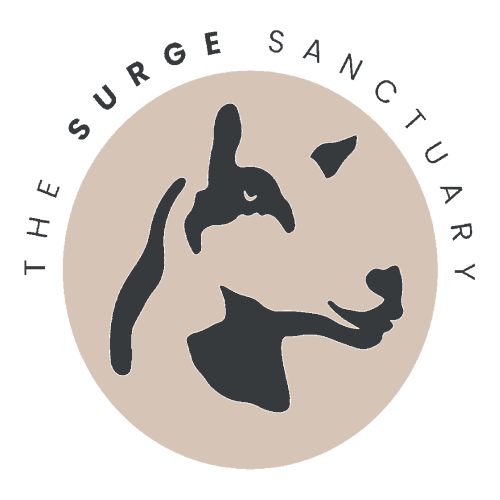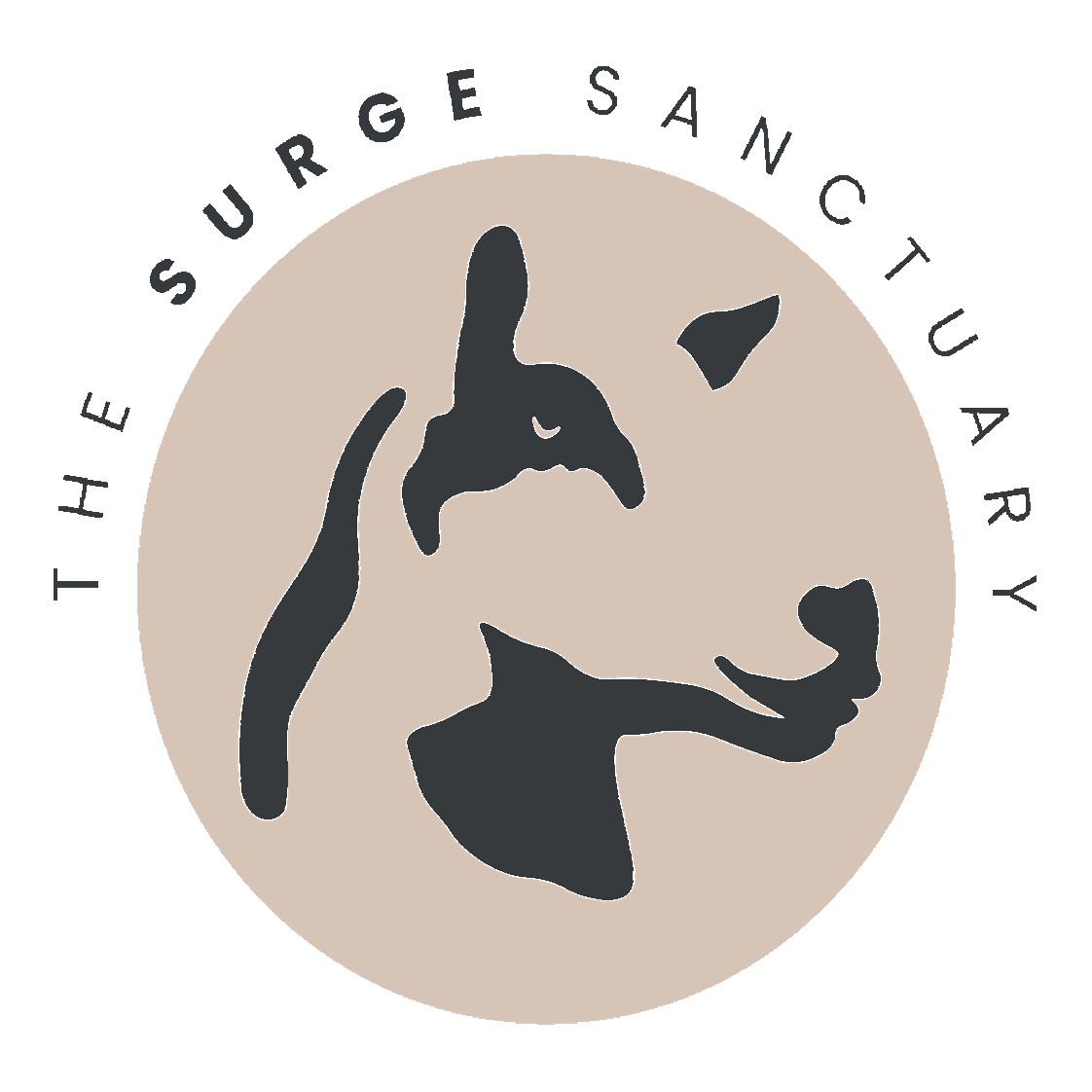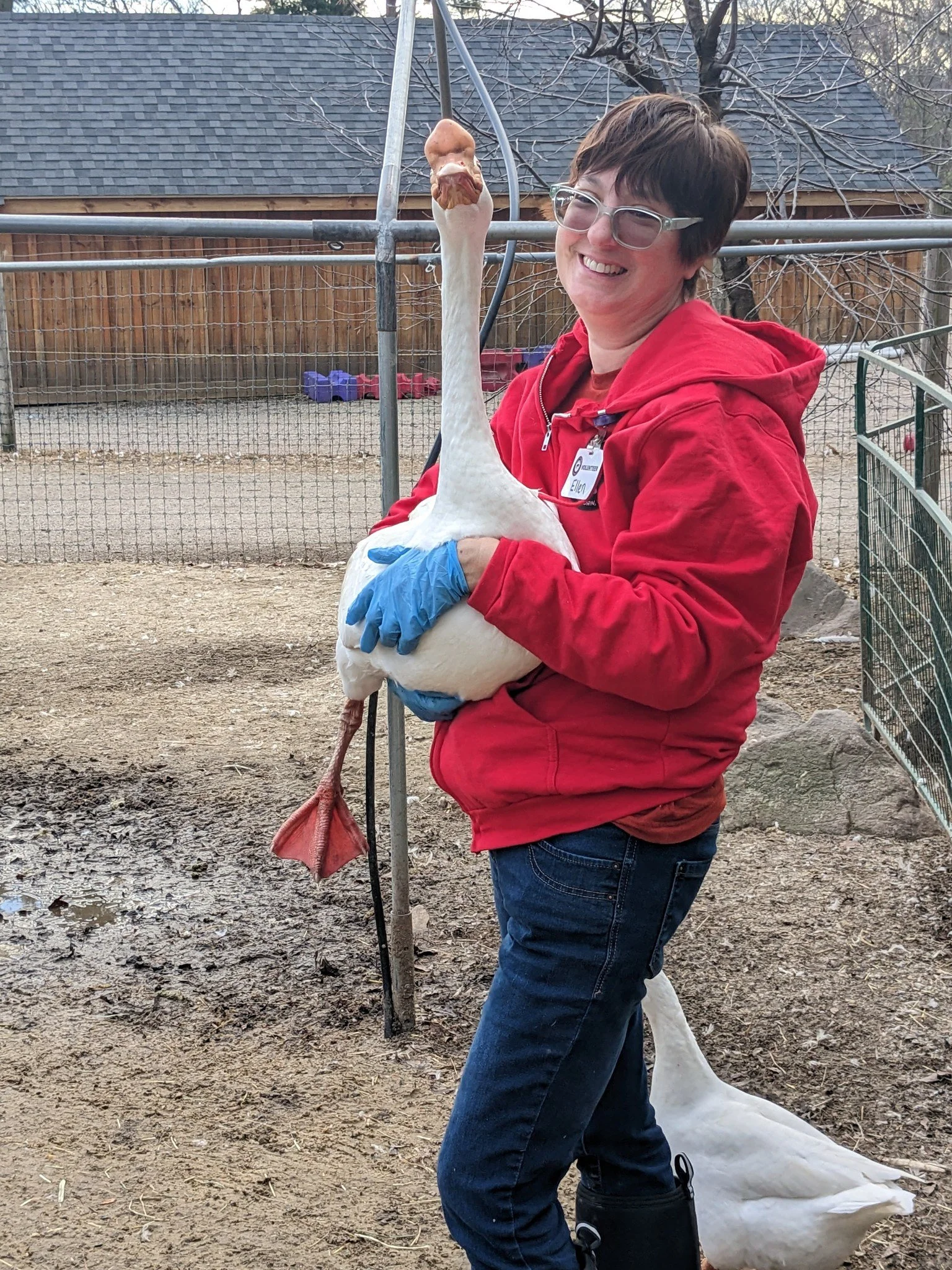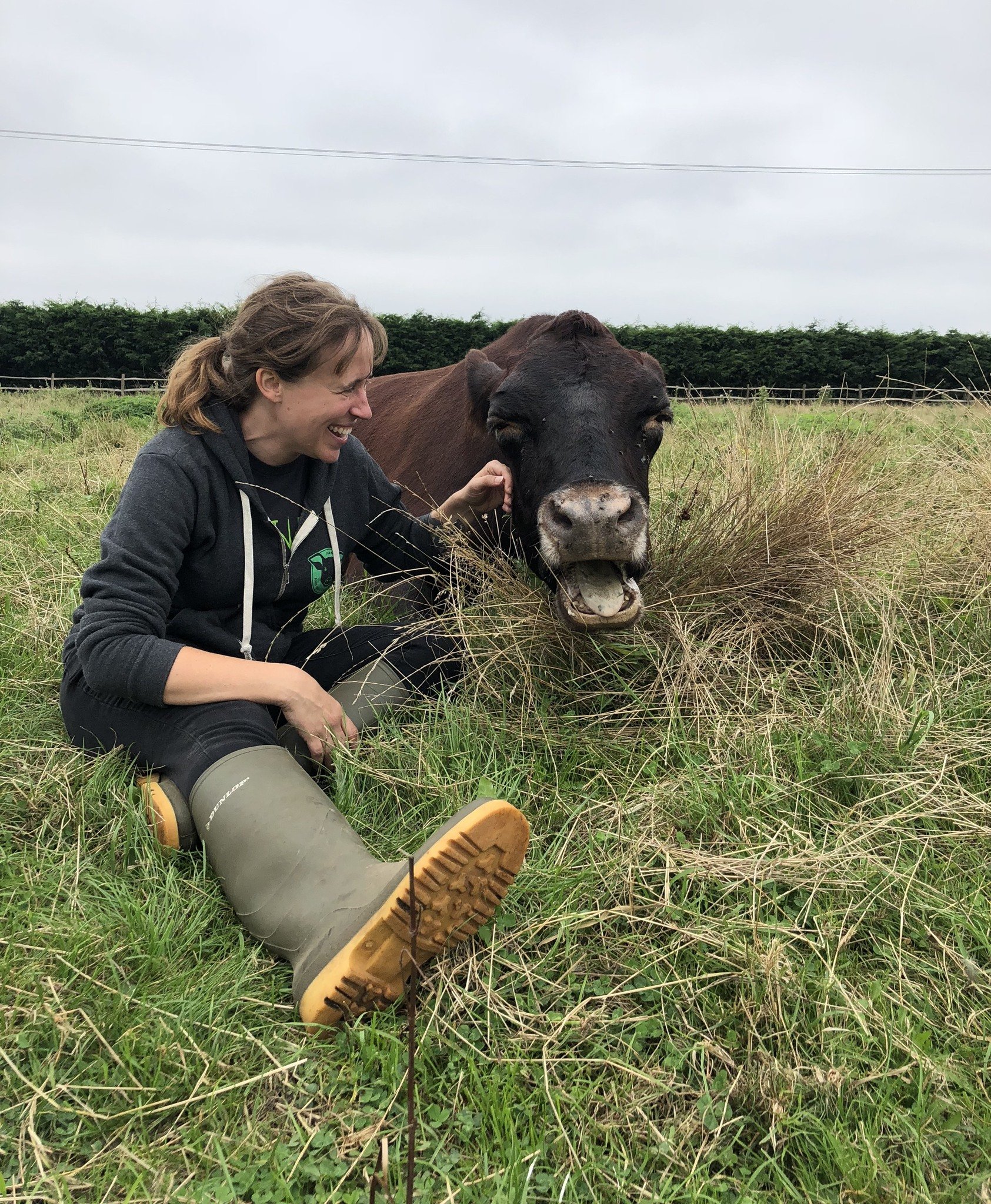Sanctuary Tales Part Four: What you can do to help
By now, you might have got an idea of how wonderful and rewarding it is to work on a farmed animal sanctuary, but also how challenging, logistically, physically, emotionally, and of course, financially.
All sanctuaries we know of depend on donations and some also charge a fee for sanctuary tours, raise money through special events, or have a small (online) shop offering sanctuary-themed merch.
However, not all help sanctuaries depend on comes in the form of direct financial contributions. We can all support sanctuaries in many ways, so in our survey we asked the sanctuaries if they would feel comfortable sharing a few more details about their costs and the best ways we can support them. Despite the struggles and the strains, we are in awe of those working and volunteering in sanctuaries who still approach (almost) every day with strength and compassion, because they know that they are saving precious lives and leaving this world a better place than they found it.
Photo: Peanut’s Wellbeing
Q: On average, how much does it cost to care for your animals and run a sanctuary?
’At Luvin Arms, [USA], our mission is to provide the absolute best care to our residents. This means we provide all the care that is necessary for them to live a meaningful and fulfilling life far beyond rescue. We also ensure that all of our residents' daily lives are pain free. We have many residents on pain management programs as they grow older, because we believe that all beings deserve to age with dignity and grace. On average, between food, water, cognitive and emotional care, daily care, and medical care, it costs about $6,000 per year to care for just one animal.’
Loki’s Lodge in Australia costs ‘around AUD $120,000 a year to run, with vet costs and feed being the biggest outlay.’ Loki’s houses around 220 animals, including cows, horses, donkeys, alpacas, goats, sheep and pigs.
The total cost for Unity Farm Sanctuary (USA) on the other hand is lower, because they provide a home to a lot more birds rather than larger animals. Unity houses ‘60 mammals and 225 birds. The demand in 2020 for bird surrender was very high because people had mail order "entertainment" baby birds for their children and grandchildren they could have never kept as adults. The total year cost comes down to $4996.85 and the calculated core number for animal care is $13.69 per day. Horses do cost more in care than an alpaca - but we average the cost. The cost includes all food, veterinary/medications, staff, utilities, housing/land tax and incidentals. This number has skyrocketed in the past year due to the cost of food, fuel and competitive staff wages.’
Photo: Unity Farm
Q: Besides donating, what are the best ways one can help your sanctuary?
For a few sanctuaries, the answer might be simply more helping hands. The founder of Australian Pucker Farm Sanctuary said, ‘I focus on farm animals and am here for them first and foremost and [secondly for] the public - although I'd like to have more people volunteer and also learn about how wonderful the animals are.’
Indeed, sanctuaries are not only rescuing animals but also providing an educational facility where visitors can interact with farm animals that they would otherwise only see from a distance or dead on their plates. From eating a cow in a burger place to cuddling a loving cow in a sanctuary might make a big difference and drastically change the way a human being perceives a cow.
At Florida-based Rooterville, ‘there is always poop to scoop but shopping in our online store is an easy way to help us. Sharing us with everyone you know is huge, coming out and helping with gardening, bathing animals, cleaning and organizing their areas, there is something for everyone here.’
Uplands PEAK also agrees that ‘probably the best non-financial way to support sanctuaries is to volunteer on-site with animal care. Every task that can be done by volunteers means more time for the whole team to put into other necessary work, such as non-routine projects and additional enrichment for our residents. We have an internship program if you're interested in spending a few weeks or even a couple of months with us as an animal caregiver!’
Photo: Uplands PEAK
PEAK also gives insight into many other ways volunteers can be active: ‘If someone is interested in remote work, we are only limited by our imagination. Whether it’s PEAK or another sanctuary, it’s probably best for volunteers to speak with the sanctuary first to see where they need the most help, and where the volunteer’s passion/skills lie. Everything from creating content/managing social media, updating the website, fundraising, helping manage finances/budgeting, etc. Artists could write a song or paint a piece of art to raise money/awareness for the individuals at sanctuaries.
Something as simple as routinely liking, sharing, and commenting on social media posts could have a big impact on fundraising as well as connecting the vegan-curious with the stories of individuals who live at sanctuaries, and hopefully inspire them to respect our fellow animals through veganism and their own animal advocacy.
We are also a partner on abillion (like Surge)! Simply by posting simple reviews about vegan products and dishes, members earn money that can be directly donated to PEAK. Each review equals $1!! We've raised critical funds for the residents of PEAK through this great app, and it's a wonderful way to support the sanctuary without needing to write a check.’
Photo: Uplands PEAK
Peanut’s Wellbeing (Australia) added: ‘promoting the sanctuary as word-of-mouth is always a great marketing tool. Donating all different kinds of animal items plus food. Contacting the sanctuary to find out how they can help they might have skills that could be very useful.’
At the end of the day, while every help is valuable, one thing is important for all sanctuaries and Rooterville (USA) highlights it succinctly: ‘There are so many ways to help but many of them need to be consistent to be of value.’ And as PEAK remarks, ‘whatever we choose to do, the biggest thing is probably setting aside time each week so that we can continue to make the most impact over time and form new habits which help support our local animal sanctuaries to thrive.’
Ultimately, the biggest wish of farm animal sanctuaries is to no longer be needed; to live in a world where animals are not used and abused as means to human ends. One of the most impactful things you can do to contribute to this goal and to help sanctuaries, the animals, the planet, and yourself, is to go vegan.
Thank you to Cloe for creating this survey and thank you to all the sanctuaries who responded so eagerly and honestly!
A recap of all the sanctuaries highlighted in this sanctuary series
Pucker Farm Sanctuary, Australia: Website
Tatiana von Rheinbaben is a global citizen with a bachelor’s in molecular biology and a master’s in environmental engineering. After an internship at the Fraunhofer Institute in Germany and an internship at The Not Company in Chile, Tatiana started working for Surge as a project manager.
Cloe Sousa is a global citizen and vegan activist whose mission is to help create a world kinder for all earthlings, where justice prevails over selfishness. She’s the founder of the Vegan Activism Instagram community and the author of A Guide to Veganism: What the World (& You) Need to Know. Cloe is currently pursuing a Bachelor of Science in Natural Resources Conservation at the University of British Columbia.
Devon Docherty is a Surge writer and animal rights activist with a master’s degree in Human-Animal Interactions. Connect with Devon on LinkedIn.





